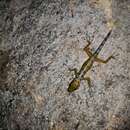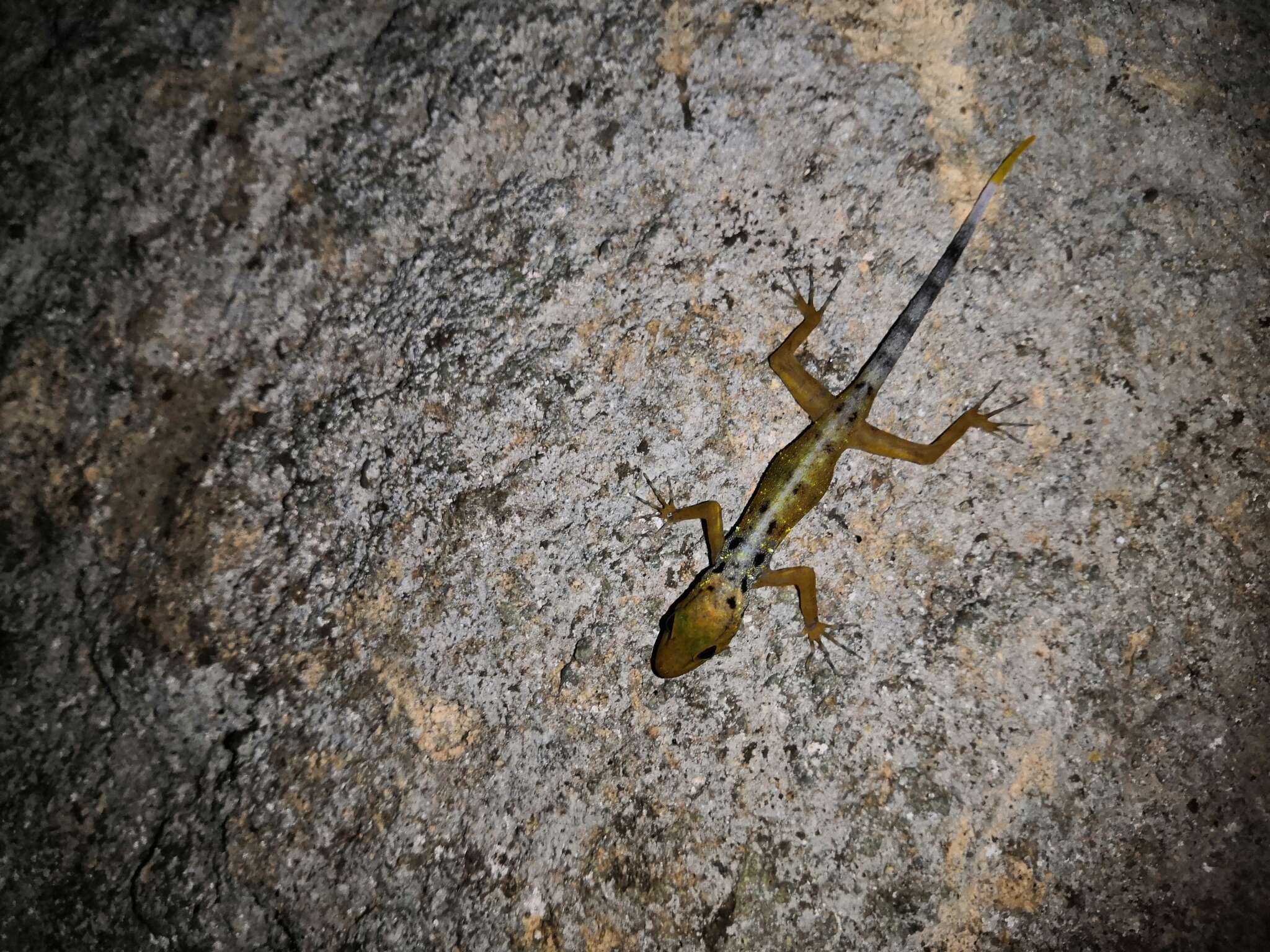en
names in breadcrumbs



Cnemaspis paripari is a species of Squamata in the family geckos. They are listed as critically endangered by IUCN. They have sexual reproduction. They rely on running to move around.
EOL has data for 16 attributes, including: